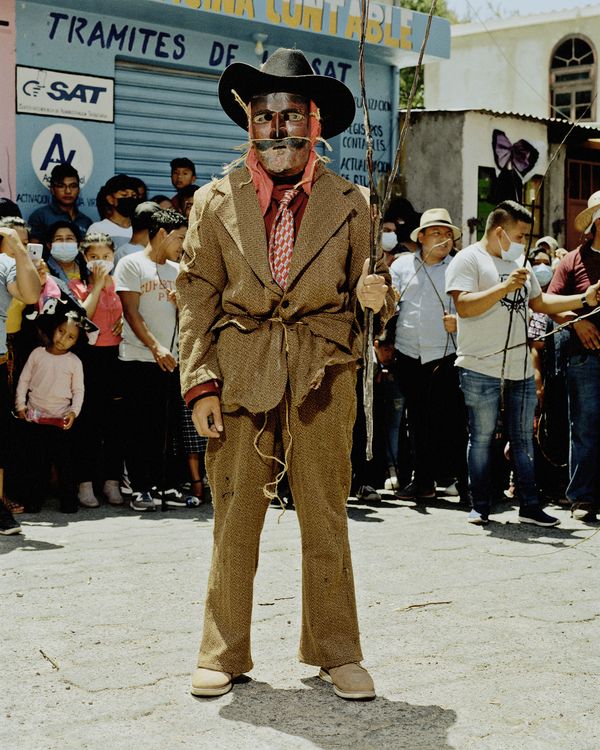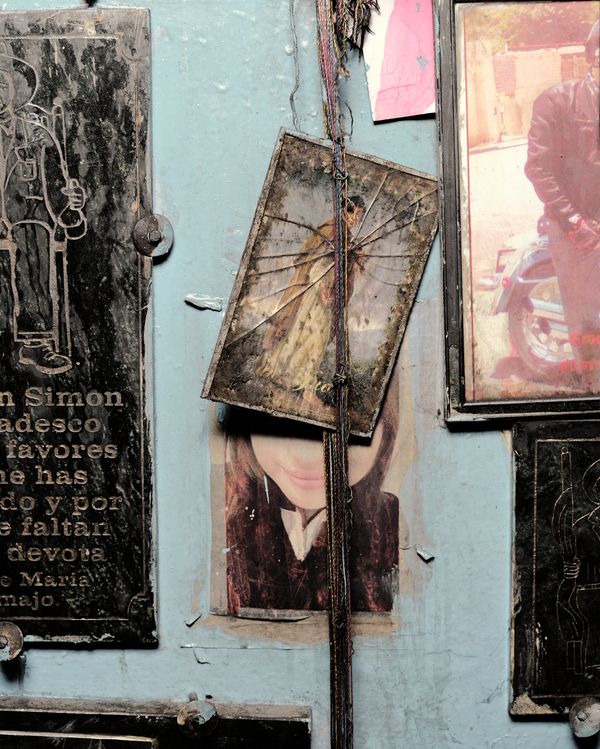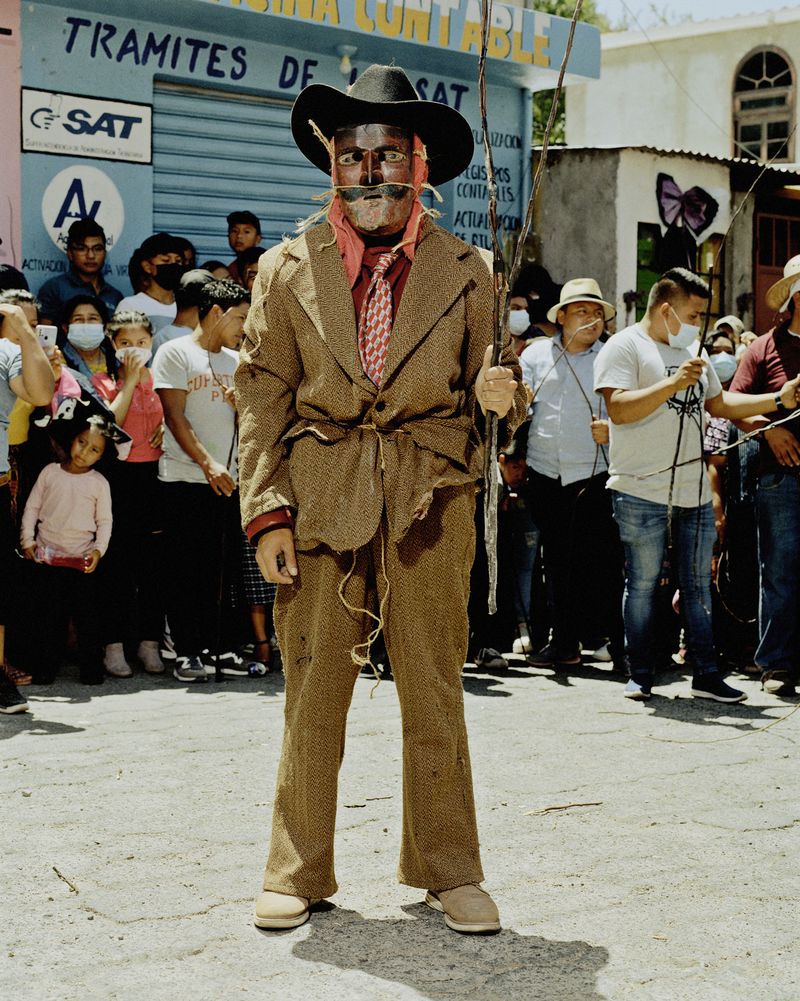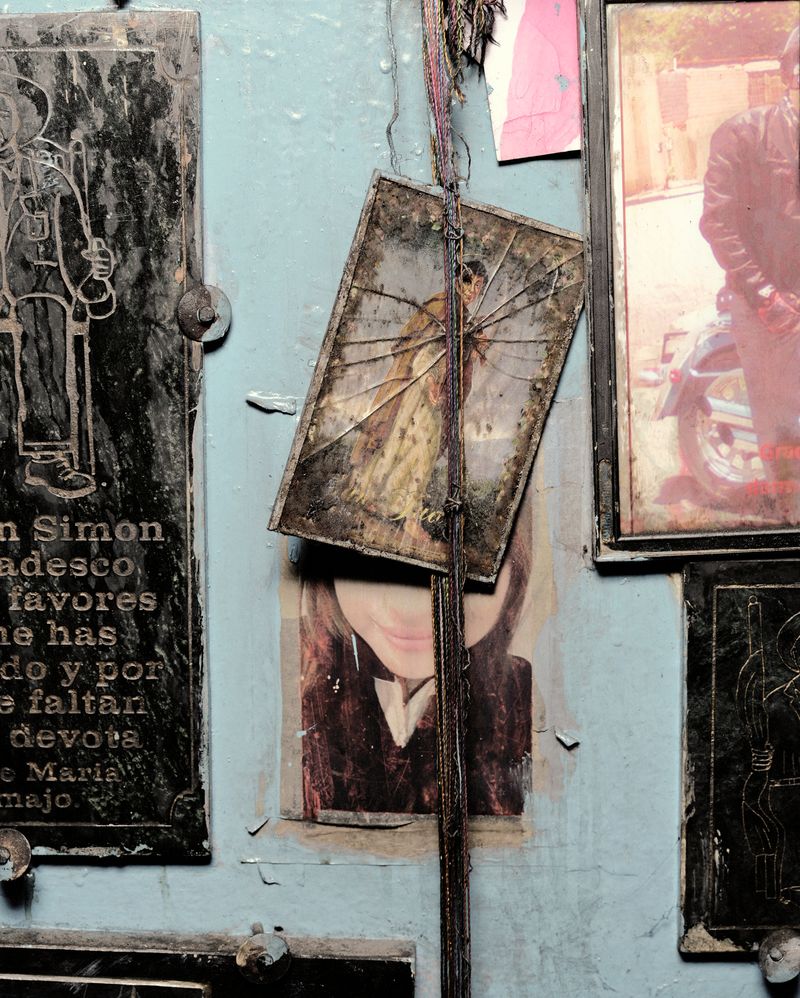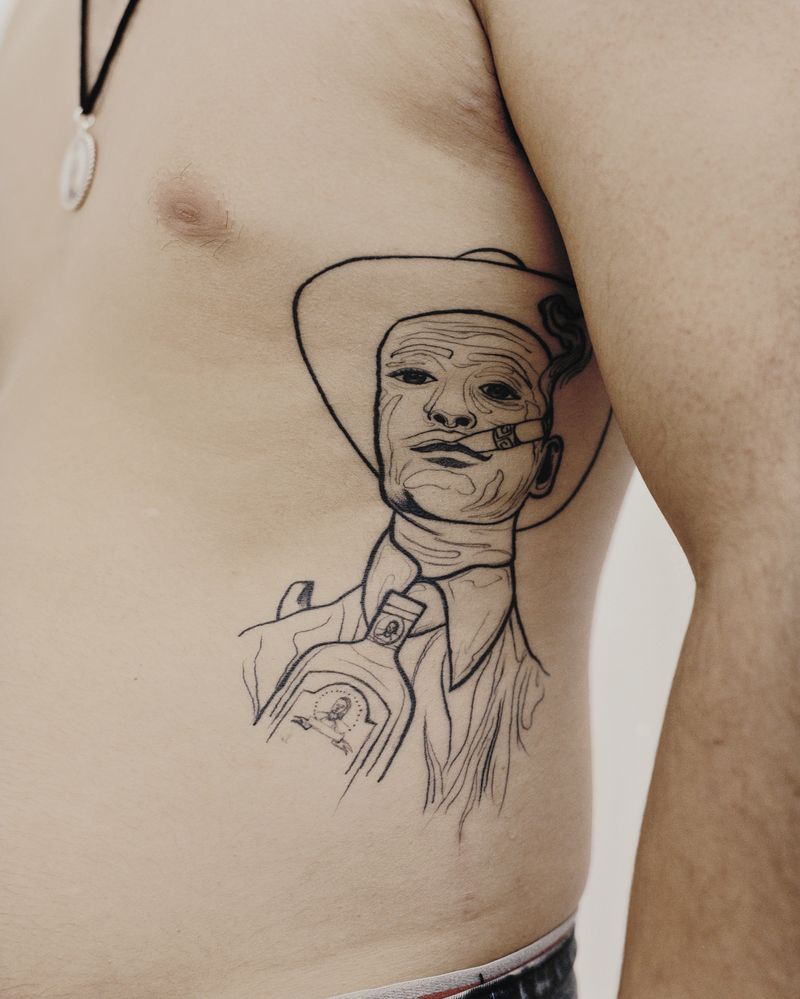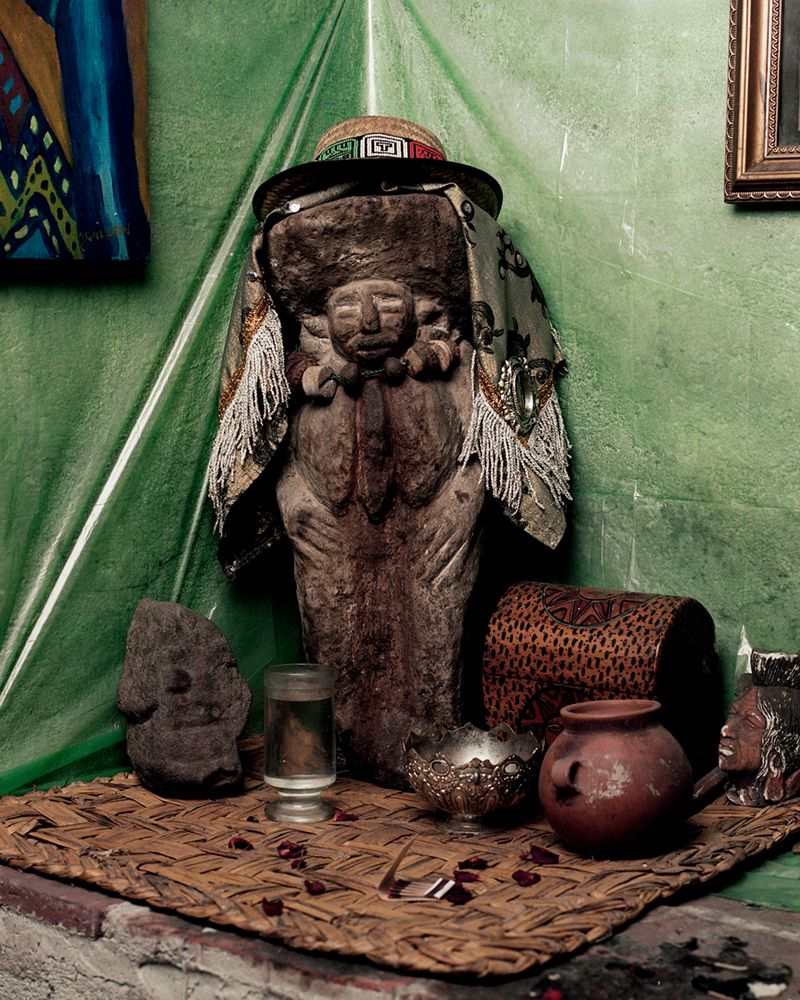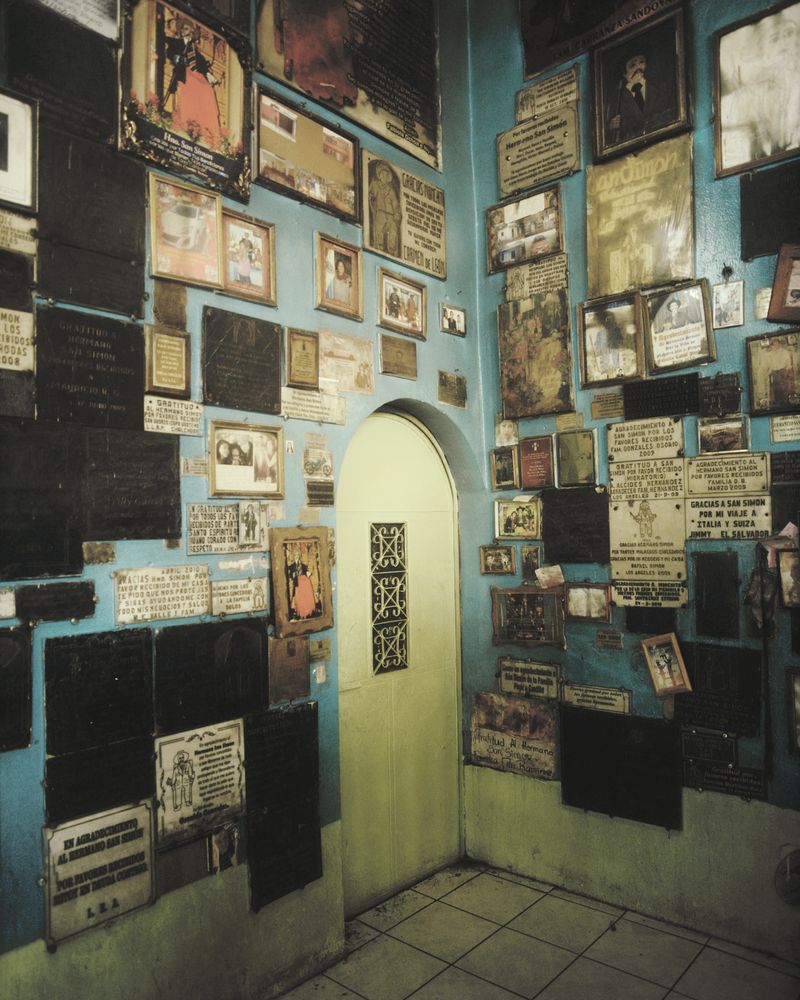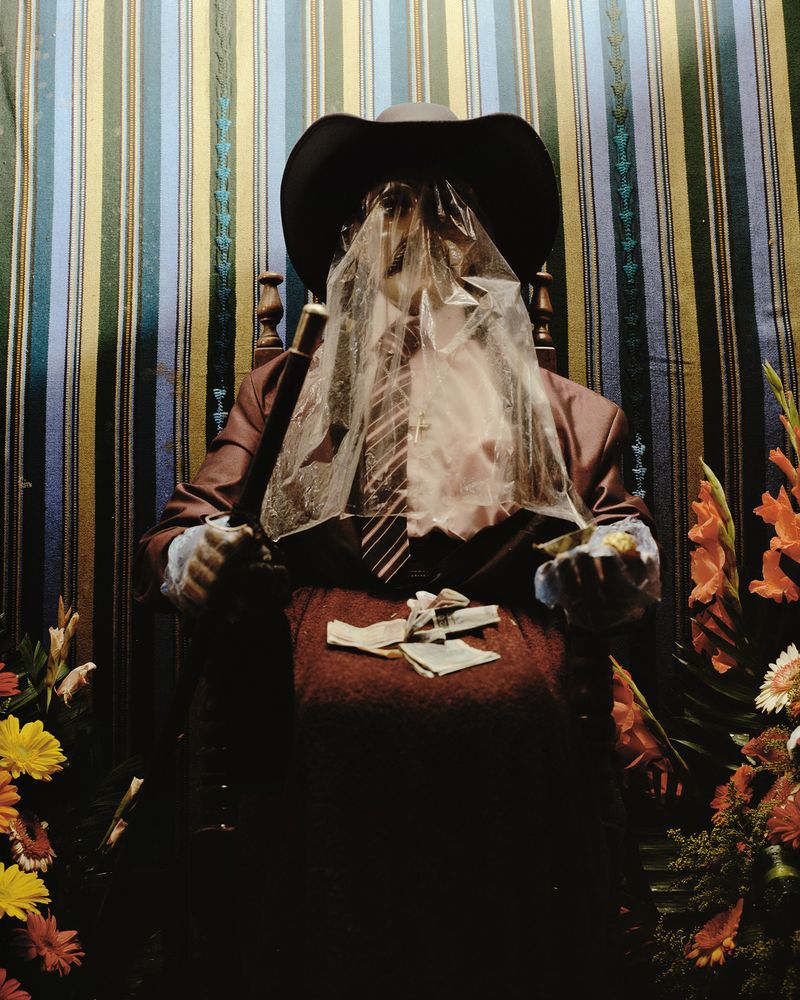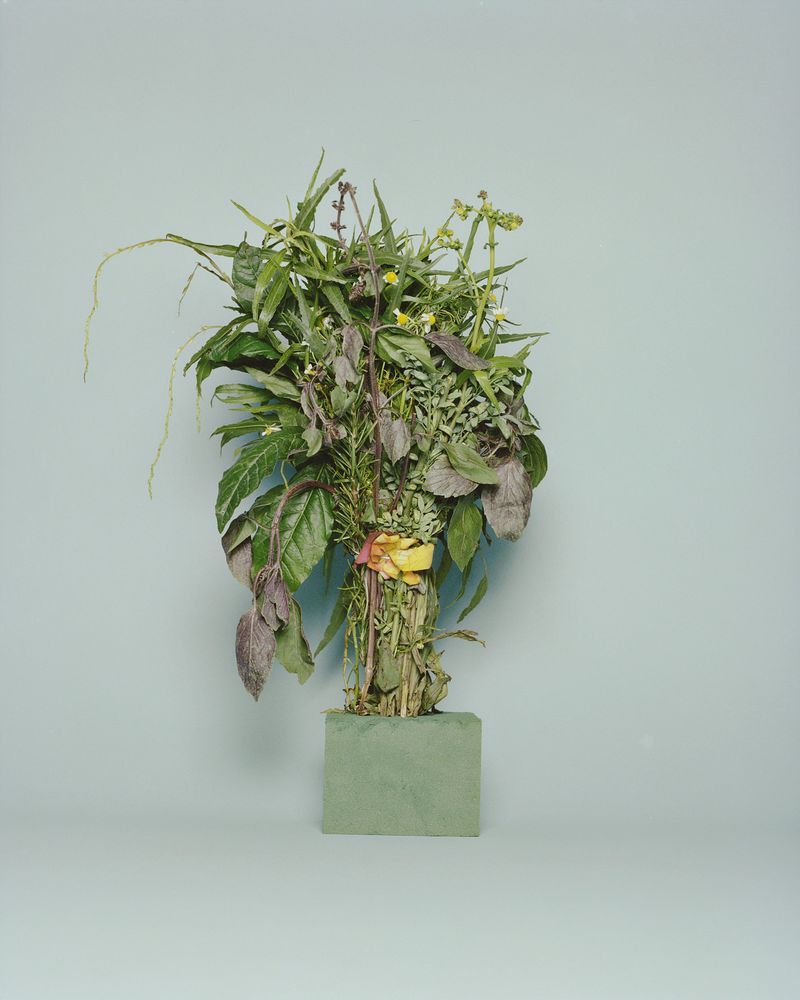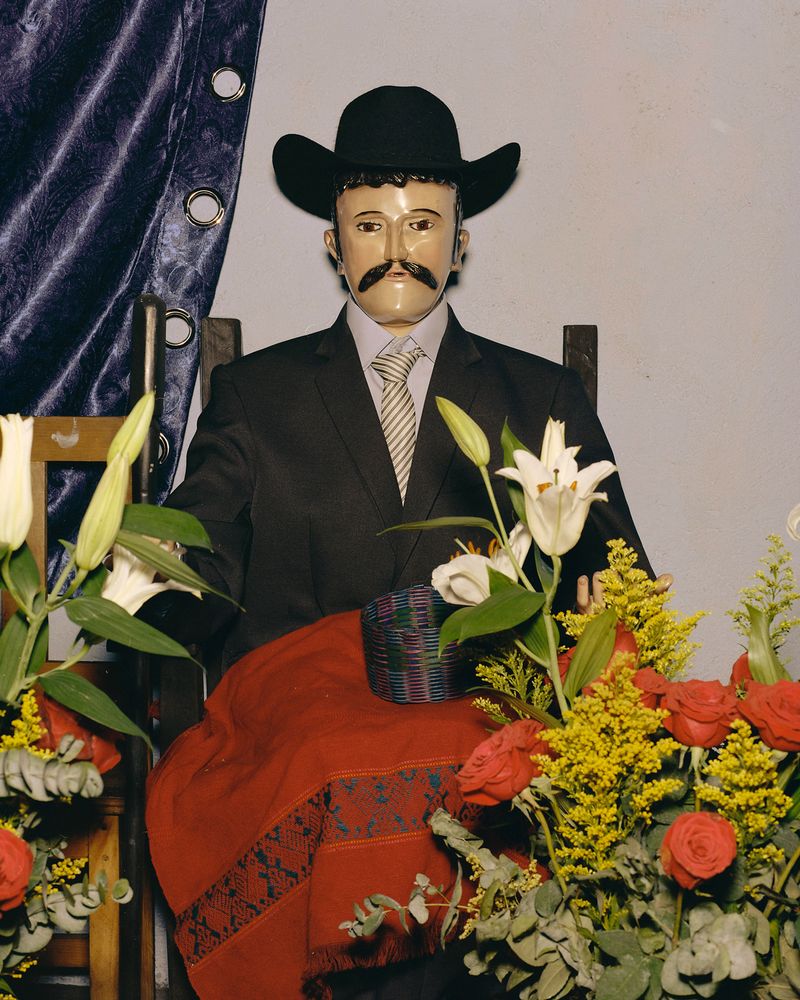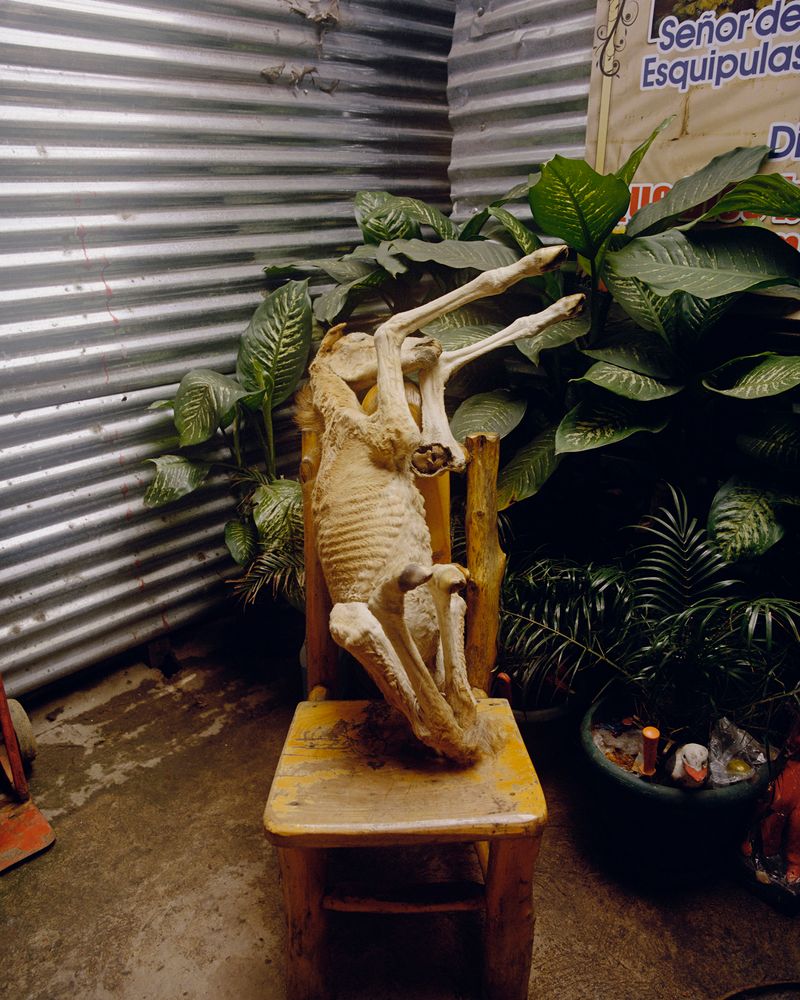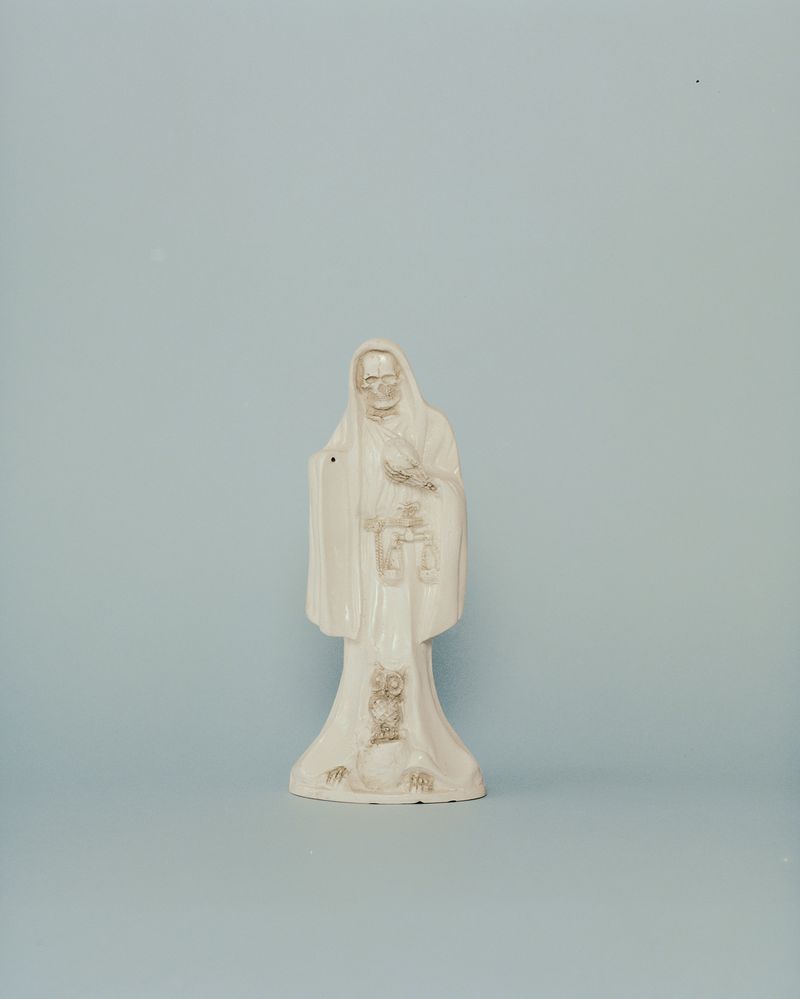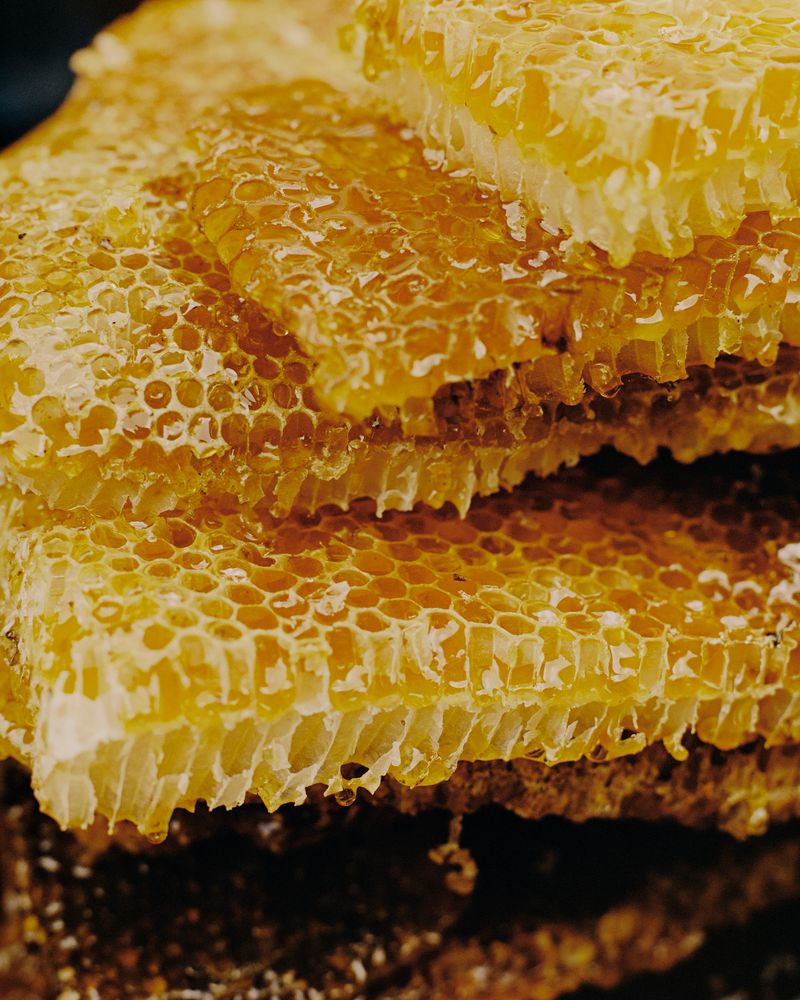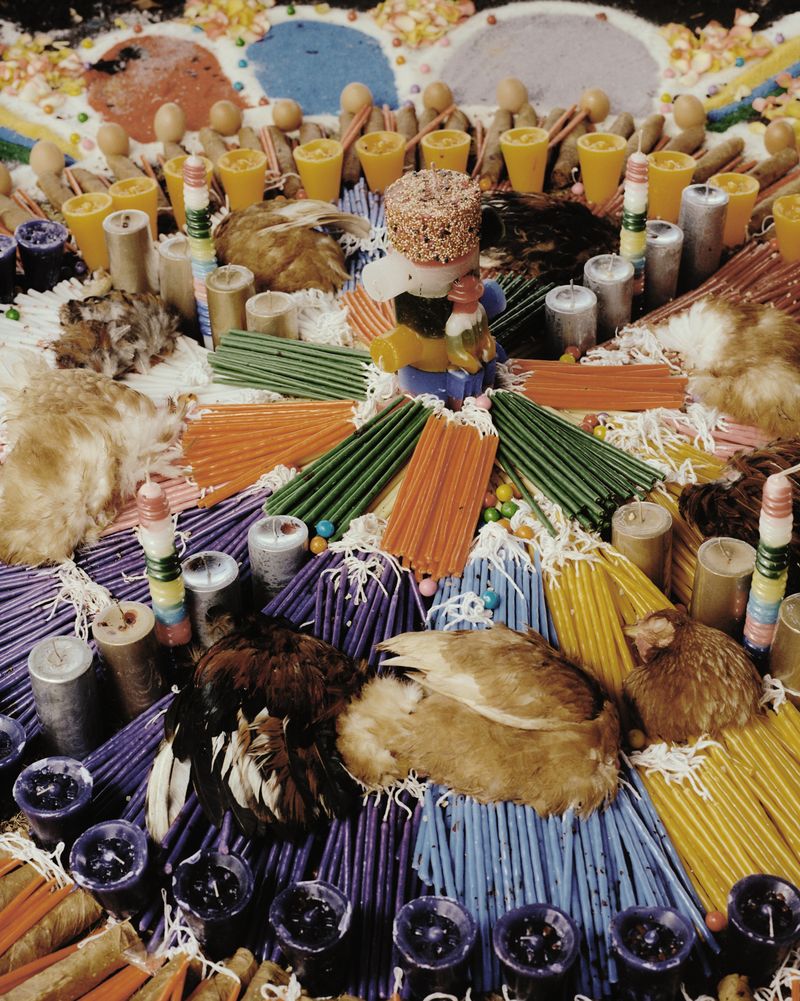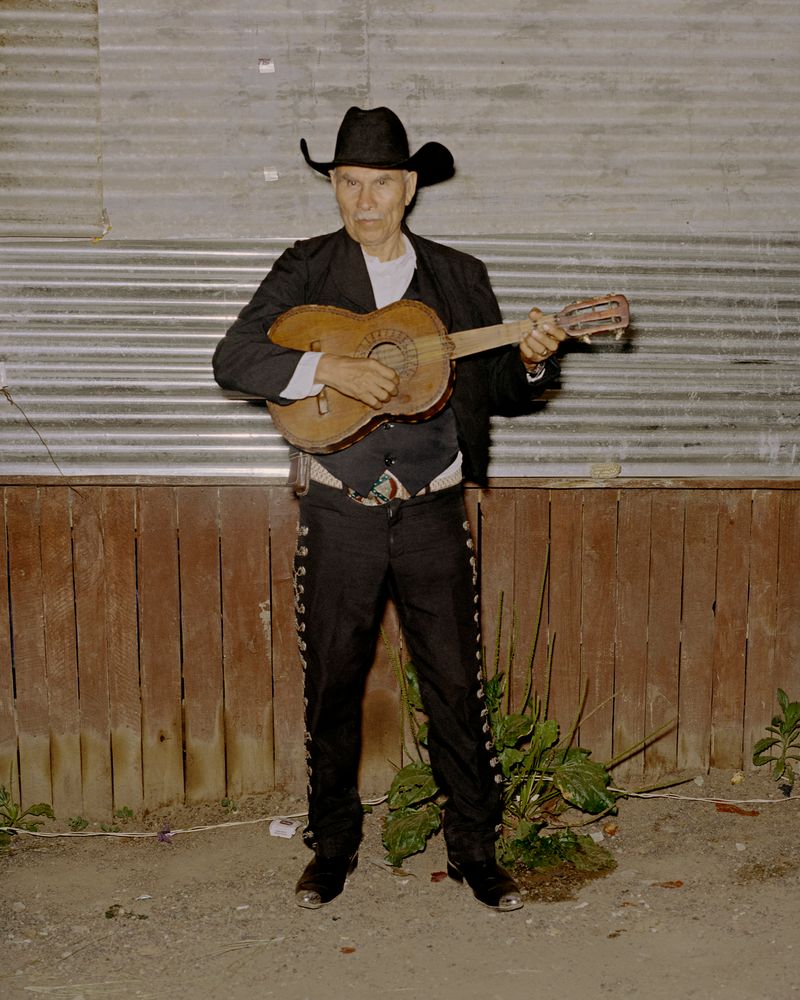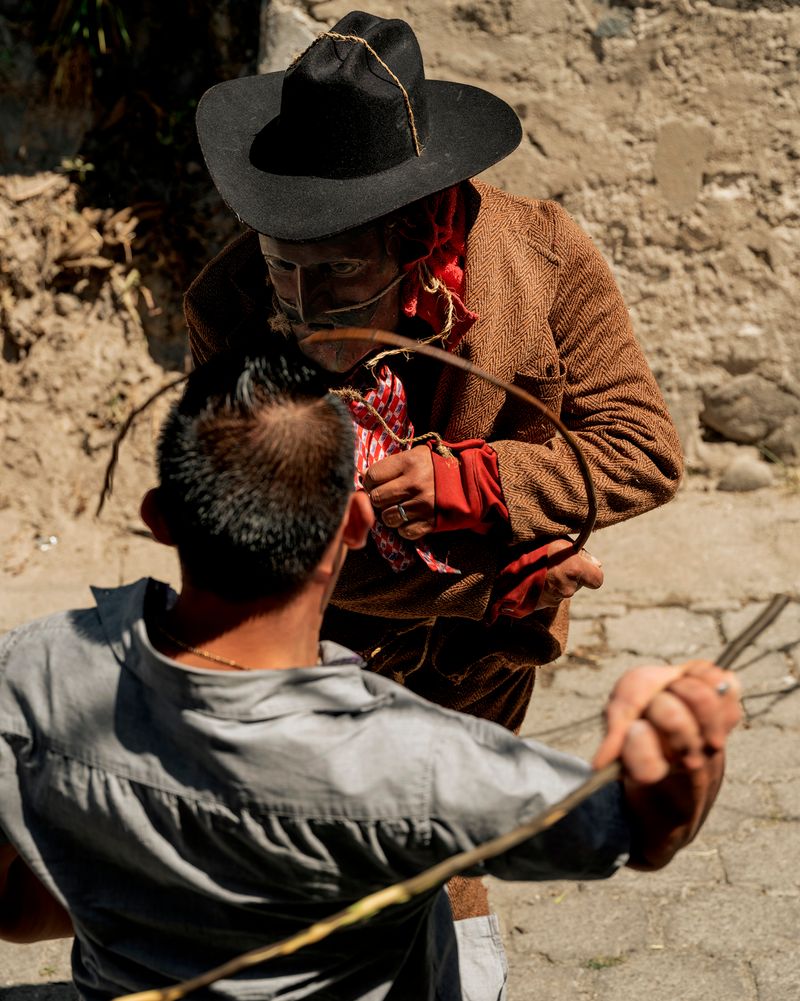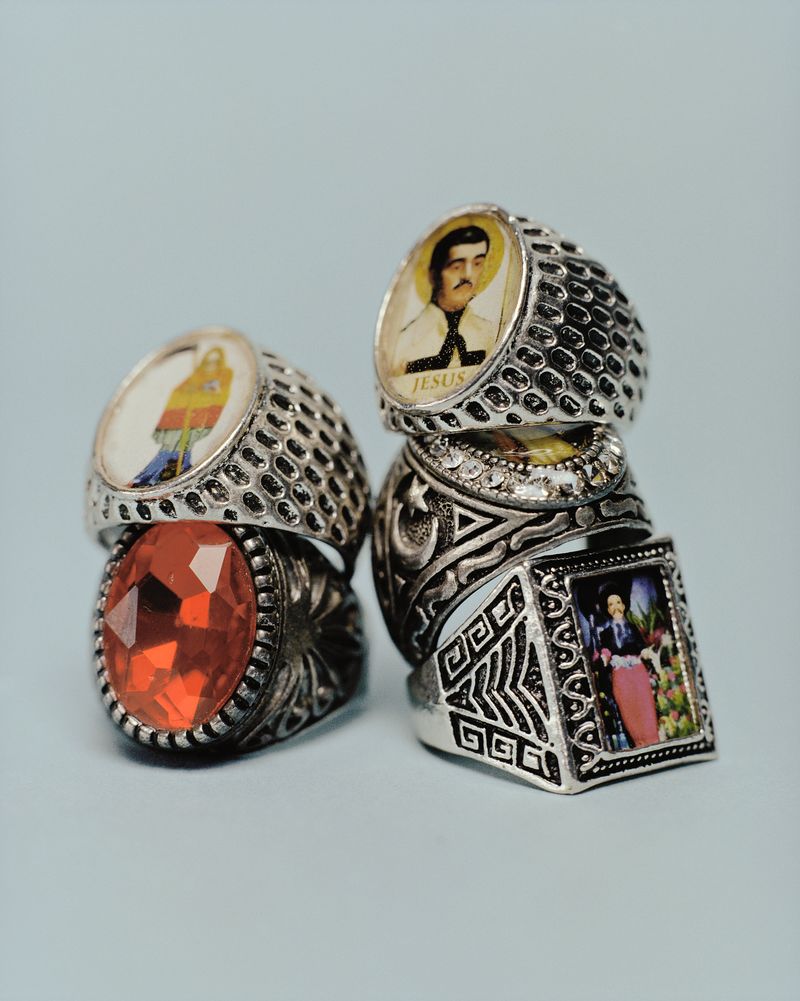Tatita
-
Dates2022 - Ongoing
-
Author
- Topics Contemporary Issues, Daily Life, Documentary, Portrait, Social Issues, War & Conflicts
- Location Guatemala, Guatemala
San Simon (aka Tatita), a crucial syncretic figure in Mayan Guatemala, was endorsed as the exclusive pre-Columbian deity by Spanish priests during the colonial era. Despite historical suppression, millions of Guatemalans continue to worship him today.
San Simon, an enigmatic entity known as Monchito, El Abuelo, Tatita (sweet father), Maximon, or “the one who existed before the wind”, assumes a profound presence in Maya mythology and contemporary folk expressions. Revered in myriad forms across the Guatemalan Highlands, his narrative weaves into the intricate fabric of age-old Maya traditions.
In the era of the Spanish Conquest, Christianity emerged as a coercive force for Indigenous compliance in the New World. Despite efforts to impose monotheistic beliefs, the resilient Indigenous communities clandestinely sustained worship of their ancestral deities, even as pagan idols fell and temples crumbled. Coexisting with Christian figures, their gods persisted in secrecy.
San Simon, uniquely sanctioned by Spanish priests, took on a Western guise for worship, complete with a beard and conventional attire. Indigenous communities gained the liberty to revere him, albeit within the constraints of saintly representation.
Spanning the entire Mayan Highlands, San Simon's influence endures among contemporary Guatemalan ethnicities. Despite denial from Catholic society, a stark reality persists, citizens, both regular and influential, contribute wealth to this ancient figure. However, the cult grapples with increasing stigma amid the ascendance of the evangelical Christian movement.
